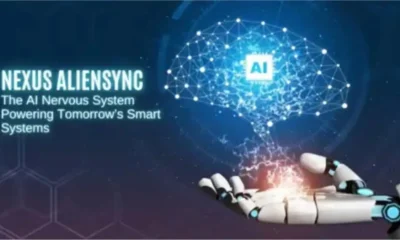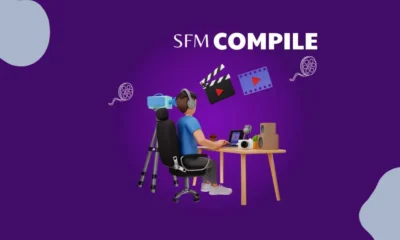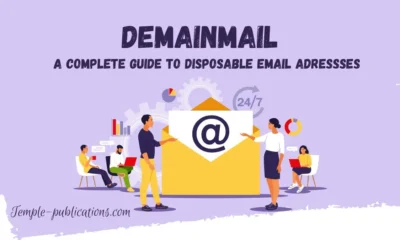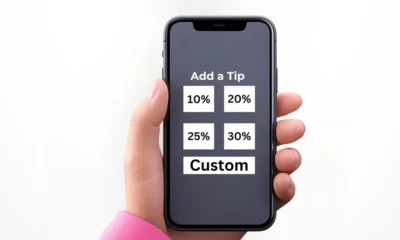TECHNOLOGY
Creative Strategies for Effective Link Building in 2025
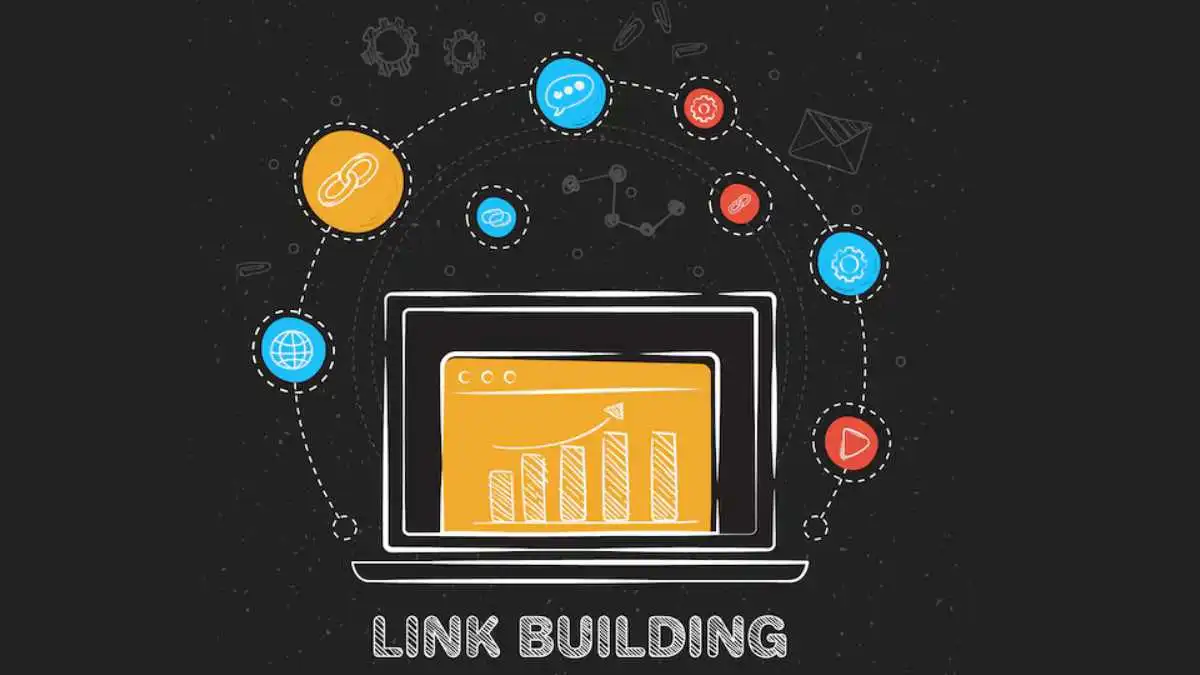
Understanding the Basics of Link Building
Mastering the art of link building is essential for anyone looking to enhance their site’s visibility organically. At its heart, link building involves strategically acquiring hyperlinks from other websites to improve your site’s authority and search engine ranking. Each link serves as a ‘vote of confidence,’ signaling to search engines that your content is relevant and reliable. It underpins the whole search engine optimization (SEO) concept, providing tangible credibility over time. It’s crucial to understand ethical link-building techniques, also known as “white hat” methods, which prioritize quality content and genuine relationships over the trickery involved in “black hat” tactics. White-hat techniques are sustainable and can effectively build a site’s credibility long-term without risking penalties.
Consider using Vazoola niche edits as an example of responsible link-building. These involve seamlessly integrating links into existing content, adding value rather than appearing intrusive. Such strategies play a vital role in maintaining an organic and genuine web presence where links are embedded in a way that enhances content instead of disrupting it. This approach is transformative, shifting from viewing link building as a mere technical exercise to appreciating it to improve a user’s overall experience.
Innovative Techniques to Boost Your Link-Building
Opportunities for creative and effective link-building abound in today’s bustling digital landscape. Begin by producing high-quality, engaging, and shareable content that naturally draws visitors. These could be insightful blog articles, comprehensive how-to guides, or compelling video tutorials—essentially any format that resonates with your target audience and encourages sharing. By focusing on providing real value, content becomes a magnet for natural backlinks, as it is more likely to be referenced by other websites.
Guest posting is another powerful tool in your link-building arsenal, offering a knowledge-sharing platform. By contributing valuable content to reputable websites, you gain exposure to new audiences and earn high-quality backlinks. Pair this with the strategic use of visuals such as infographics and visual aids, and you’ll find your backlink potential dramatically enhanced. Visual content simplifies complex information, making it more digestible and shareable, thus increasing the likelihood of being linked back to by other content creators.
Utilizing Social Media for Link Building
Social media platforms like Twitter, LinkedIn, and Instagram have become invaluable tools for modern link-building. Each platform offers unique ways of engaging with your target audience and fostering fruitful connections. Start by sharing high-quality content regularly and engaging with followers and influencers within your industry. Engaging content attracts attention, drives traffic, and encourages others to share your work, resulting in valuable backlinks.
Influencer marketing plays a crucial role here. Building genuine relationships with influencers can amplify your link-building efforts significantly. When a trusted influencer shares and endorses your content, it opens up your website to a broader audience, increasing its reach and credibility. A case in point is brands that have leveraged social media effectively, showcasing the importance of integrating these strategies into a holistic approach to digital marketing and link-building.
The Future of Link Building
As we forge into 2025, staying abreast of emerging link-building trends is crucial for maintaining a competitive edge. The digital marketing landscape is ever-evolving, with a growing emphasis on personalization and AI-driven strategies. Including AI in strategizing and executing link-building campaigns is already reshaping the field, offering new opportunities for creativity and efficiency. AI enhances the precision with which links are acquired and optimizes the entire process to focus on relevance and authenticity.
Looking to the future, emerging trends in SEO suggest an increased reliance on sophisticated algorithms to verify the quality and relevance of links. This shift necessitates focusing on genuine, high-quality content that will engage users and naturally earn backlinks. Understanding and leveraging these trends will be key to future-proofing link-building strategies, ensuring they remain effective in an increasingly complex digital environment.
Common Mistakes and How to Avoid Them
In the quest for effective link-building, businesses often fall into the trap of using outdated or spammy techniques. While these methods might offer quick wins, they risk serious penalties and can severely damage your reputation and search engine ranking in the long run. It’s important to focus on sustainable practices that emphasize the quality of backlinks over quantity.
Instead, prioritize quality links from reputable, authoritative sites within your industry. Regular auditing and fine-tuning are required to ensure that strategies align with evolving best practices and offer real value to users. Ultimately, a discerning approach that balances diligent monitoring with strategic adjustments will position your link-building efforts for lasting success in a shifting digital landscape.
-

 BIOGRAPHY7 months ago
BIOGRAPHY7 months agoBehind the Scenes with Sandra Orlow: An Exclusive Interview
-

 HOME1 year ago
HOME1 year agoDiscovering Insights: A Deep Dive into the //vital-mag.net blog
-

 HOME1 year ago
HOME1 year agoSifangds in Action: Real-Life Applications and Success Stories
-

 BIOGRAPHY1 year ago
BIOGRAPHY1 year agoThe Woman Behind the Comedian: Meet Andrew Santino Wife

